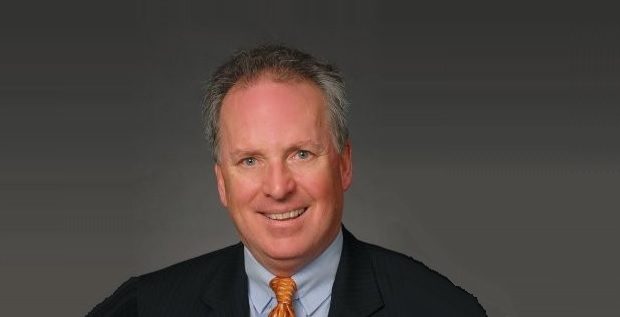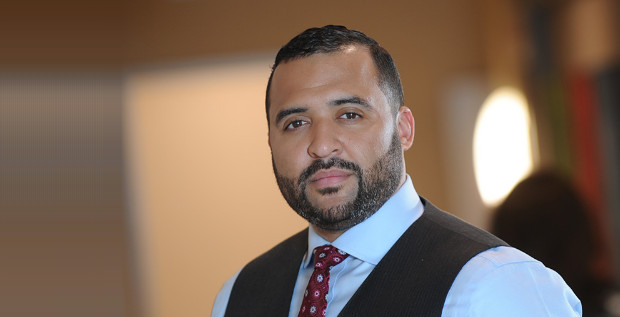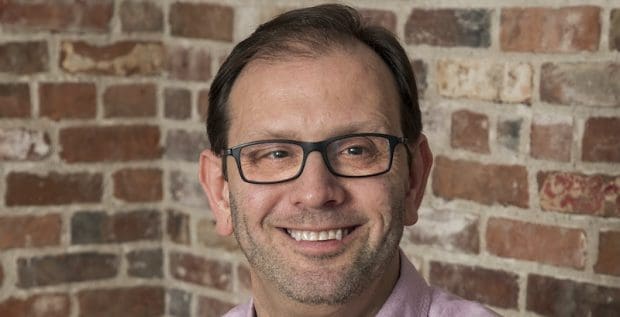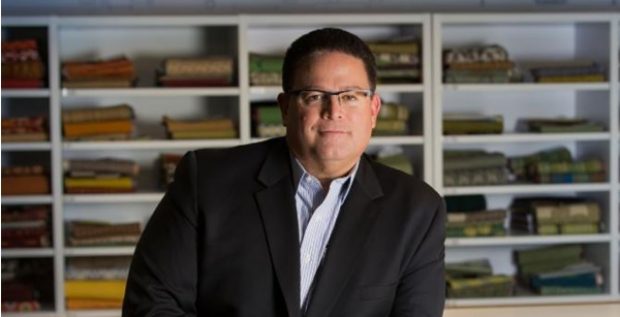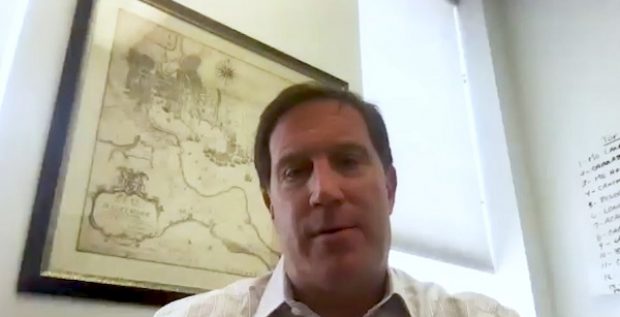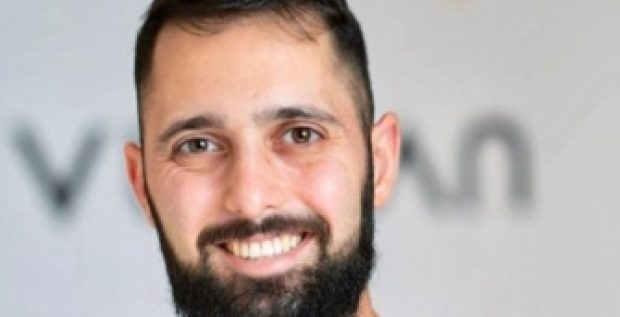Allan Domb the president of Allan Domb Real Estate, as well as a councilman at-large for the city of Philadelphia. Allan Domb Real Estate is one of Center City Philadelphia’s most influential developers, having brokered countless condominiums, apartments, commercial properties, and homes in the area. The company has also been involved in adapting historic buildings such as Parc Rittenhouse, the Bank Building Residences, and 220 West Washington Square into luxury condominium residences. Allan has served three terms as president of the Greater Philadelphia Association of REALTORS (GPAR), a position in which he helped the city collect hundreds of millions of dollars in delinquent taxes and liens, created new jobs, and lowered property maintenance costs. He is also an investor in and part-owner of the Starr Restaurant Organization and Starr Events, an upscale dining group and a catering and hotel group, respectively. As councilman, his priorities include increasing state revenue by collecting overdue tax payments, improving schools, finding new opportunities for business, and increasing employment options for people living in poverty. Allan has been profiled in quoted in Forbes, The Wall Street Journal, USA Today, The Philadelphia Inquirer, Businessweek, and many other prominent publications.
Allan Domb spoke with Jeff Mack of Newmark Grubb Knight Frank for this interview.
JEFF MACK: What populations do you typically lease to? Who’s most interested in Center City property?
ALLAN DOMB: There are two main demographics of people who are buying in Center City Philadelphia, and in Philadelphia in general. You have millennials and you have baby boomers. The millennials are the people who are buying in all the neighborhoods. The ten-year tax abatement, which has been a tremendous boom to Philadelphia, has spurred development in Point Breeze, Francisville, Northern Liberties, Fishtown—now it’s spreading to Port Richmond. It’s amazing when you drive through these neighborhoods—all the new construction, all the renovation and all the young people living here. Twenty-eight percent of the non-native college graduates in Philadelphia stayed in Philadelphia, meaning their parents weren’t from Philadelphia. Today, the number is closer to 47%. Boston is about 50%. I never thought we’d catch up with Boston. That’s an amazing statistic: that we’re attracting young people and keeping them in the city. Now, the key is the school system. Because if we don’t fix the schools properly for them and other people, they won’t stay. I’ll say this: I don’t know any millennial who says to us, “I can’t wait to move to Wayne, Pennsylvania.” It’s just not happening. They want to stay in the city.
Most of the luxury condo market is baby boomers, and most of the baby boomers are coming from the Main Line. Some come from South Jersey, neighborhoods like Haddonfield and Morristown, but a lot are from the Main Line. Most of the baby boomers have a second home, and many have a third home. I grew up in a four-room rental where the rent was $125 a month. It was 800 square feet. We were lucky to have a rental, and it was two bedrooms and one bath—800 square feet. Today, people have homes in Philadelphia, Jersey Shore, and in Florida. It’s like a triangle. So, many of the baby boomers don’t need the four or five or six bedroom home in the suburbs, and are selling those homes and are loving the lifestyle of living in the city and living in a two-bedroom and den. Because they’re finding their children and grandchildren would rather congregate and be with them at the Jersey Shore, or in Florida, where they have more fun than being in the suburbs, the buyers of high rises in Center City are mostly baby boomers. The buyers of the surrounding neighborhoods are strictly millennials.
What’s interesting about millennials is that millennials will force schools to get better. Some examples: the Meredith School—the parents forced that school to get better. Chester Arthur, with a great principal Kim Newman—that school is doing unbelievable. Parents are forcing it to get better. There’s Penn Alexander. There are other examples of schools becoming much better because parents are involved. So we’re really on the school front. We will talk about that, but there are two issues—millennials and people in poverty—and how do you deal with each one?
Q. Can you talk about some of the first developments you worked on?
A. One of my first developments was on Washington Square, we called it 220 West Washington Square at the Saunders Building: seven homes, one home per floor. It was a very successful development. We didn’t make any money, and I learned a valuable lesson, but the people who bought the homes made a lot of money. I don’t think we made $25,000 on that development, but I realized that the infrastructure for seven home with two elevators and all the building equipment is the same as having 25 homes, so we could have spread that overhead over more homes, but we learned a lot.
The second development I did was the Barkley. That was a great opportunity for me, but that was a building that was closed; 240 hotel rooms were shuttered. There were 30 people living there. The building was a disaster. I decided, instead of a hotel, to make it a luxury condominium and we spent about $15 million on the infrastructure of that building to bring it to the level it is today. But what’s interesting there, about 35 to 40 people I sold to from 1999 to 2003 probably made one to two million dollars if they were to sell their homes today just on that purchase, so they did pretty well there, and the building is a great building to live in.
The other buildings I was involved with were the Lanesborough at 16th and Locust. It was a closed Federation building. The Federation had their offices there at one time. Board of Realtors had their offices there too—that was on the 17th floor. I was also involved with the top floors of the Warwick, the Bank Building, and then Parc Rittenhouse on Rittenhouse Square. The Alison building was a reuse I did above Barnes & Noble, and in fact, right now, I’m actually selling out the second and third floors of the Parc Rittenhouse, which are going to be 20 luxury estate homes—selling them unfinished, and 2000 to 6000 square foot plates with two private elevators, very exclusive.
Q. Have you encountered any celebrities while developing these luxury condos?
A. I’ll tell you a funny story. I used to live at Pier V, and I once got a phone call. I had the end units for sale. I remember that it was owned by Jeffrey Lotman, who was Herb Lotman’s son, right. Herb Lotman invented the Chicken McNugget—great invention. And it was Jeffrey Lotman’s unit at the end of Pier V. This was back in the early 90s and I put it on one of these video tours. And a guy calls me up—his name was Harry Smith—and he says to me, “I’m interested in this property at Pier V.” I said, you know, what every broker says, “Are you paying cash or taking out a mortgage?” He said, “I’m paying cash.” The property at that time was listed at $800,000, and I said, “Well, how quick do you want to close?” And he goes, “I can close in two weeks.”
I’m saying to myself, “okay,” so then I said, “Who’s going to be the purchaser?” He goes, “Well, I think I’m going to buy it for my father. I’m involved helping my father buy it.” I said, “Okay, I live at Pier V. How about if I meet you there at 7:30?” Because I was coming home from work, I figured I’m not going to waste my time—I don’t know, sometimes these appointments are good, sometimes they’re not so good. I’ll meet the guy at 7:30. This taught me a valuable lesson by the way. I get there, and there are two guys in the lobby—one very tall, one short—and they’re wearing leather jackets. I don’t watch that many movies at that time, but on the back of the jackets it says “Independence Day,” and I’m saying to myself, “Look, these guys look like bikers to me I don’t know what they’re doing, but I’ll show it to them.” So I show them the properties, and the next day I get a phone call from a guy named Will Smith who says to me, “Hey, I’m interested in buying that property. I’d like to see it. My dad and my brother were there.” I said, “Ah, unbelievable. I’ll send you the video.” That video actually helped me sell that property. He saw it in California and bought it from the video.








